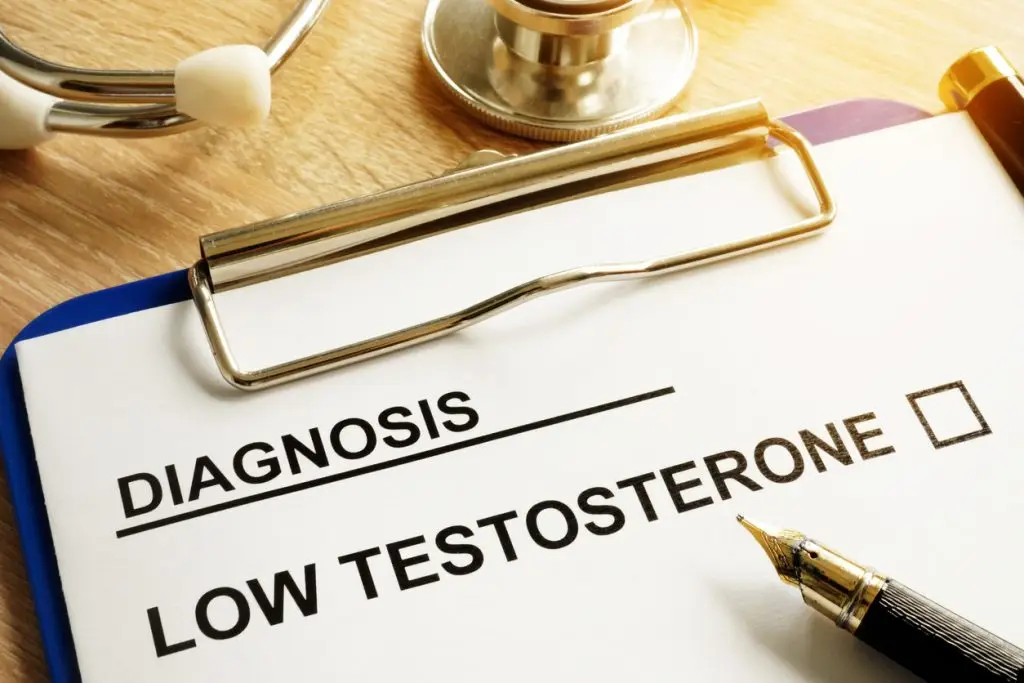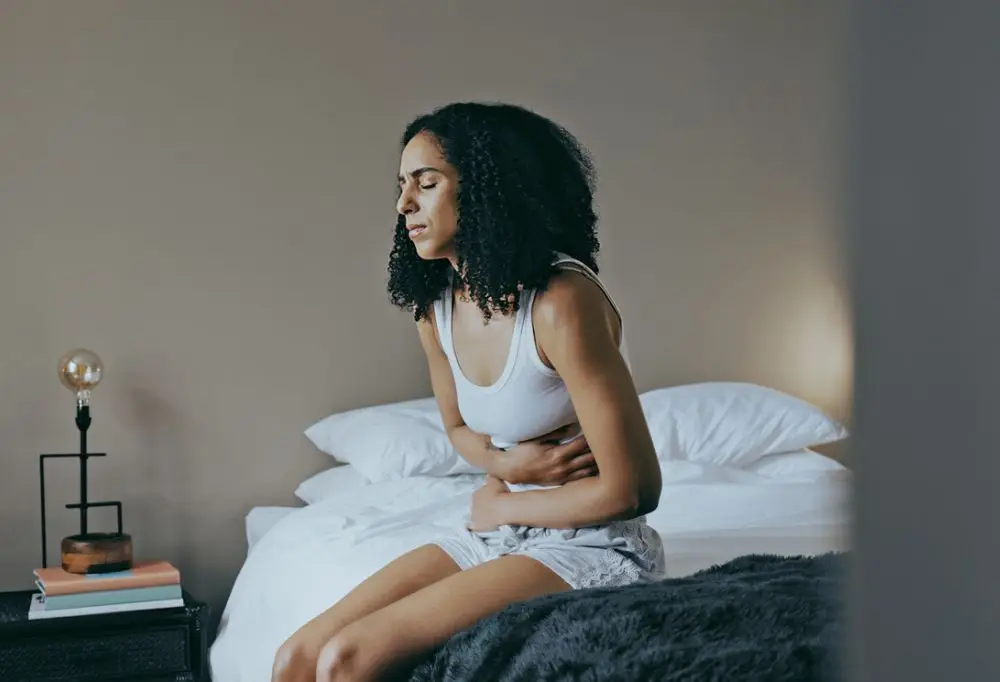Reviewed by Kimberly Cabe, FNP-BC of Forum Health Rochester Hills
Fluctuating hormone levels is one of the most common ailments to develop with age. It will affect both men and women, most typically starting after the age of 40. When hormone fluctuations start and how drastic they are depends on a lot of different factors, from your genetic makeup to your dietary and exercise habits.
Low T is one of the more prevalent forms of hormone imbalance, marked by sudden drops in testosterone levels. While highly associated with men, women can develop low T as well. Understanding Low T and knowing the signs and symptoms to help you identify it early on can help you take control over the situation as it develops, and put you in the best situation to take steps to stabilize your hormone levels and return to a healthy and more normal way of feeling in no time at all.
What is Low T?
Hormones are chemical messengers that travel through the brain and body to stimulate certain bodily functions, like growth. Hormones are responsible for promoting healthy energy levels, metabolism, and sex drive.
Testosterone is just one type of hormone, but it is the primary male sexual hormone. While women have testosterone as well, and those testosterone levels can fluctuate, a drop in testosterone levels is going to be especially noticeable and the symptoms especially difficult for men. In fact, the effects on men are generally profound both psychologically and physically.
Symptoms of Low T often include:
- Chronic fatigue
- Decreased sex drive
- Disruption of sleep patterns, contributing to further fatigue
- Difficulty concentrating
- Changes in mood, including onset of depression or excessive anxiety
- Weight gain
Testosterone levels begin to rise steadily in youth, peaking at puberty, and then beginning a steady decline after the age of 30. In some men, the drop in testosterone during mid-adulthood isn’t steady at all, but instead can be sharp, with sudden fluctuations in hormone levels. That is when the symptoms of Low T are going to be most acute.
There are treatment options available for Low T. Hormone replacement therapy is regarded as the most beneficial treatment for Low T. This form of therapy uses synthetic hormones, traditionally in the form of pellets that are administered by your anti-aging doctor. The pellet releases a steady supply of testosterone to supplement the body’s natural supply, thereby reducing the symptoms of Low T.
Hormone fluctuations are uncomfortable, and make the experience of aging much more uncomfortable and difficult than it has to be. Talk to your antiaging doctor for more information about the best ways to address Low T and other age-related health concerns.






